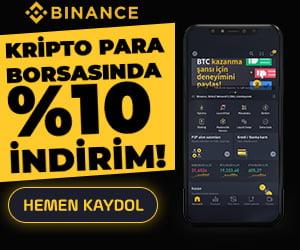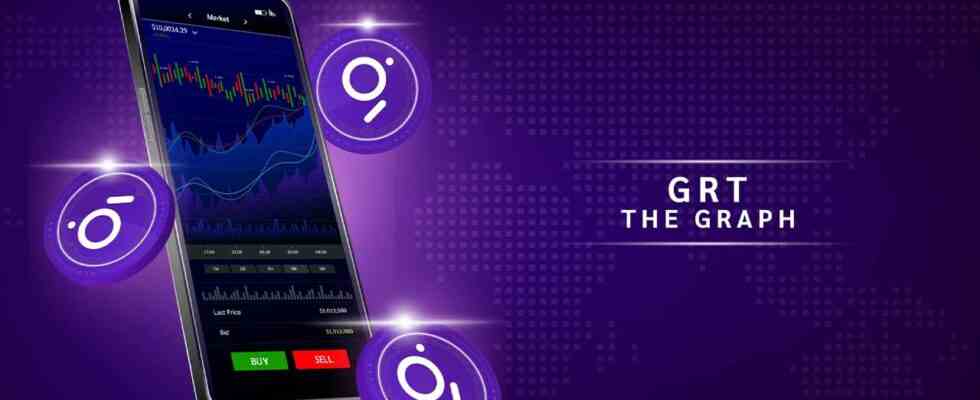The Graph It is an open-source protocol based on distributed ledger technology, designed with the idea of decentralization to collect blockchain data without third parties. The protocol represents a global API for indexing, editing and querying data that is made easily accessible and processed through the GraphQL programming language.
With the launch of The Graph network, the team paved the way for the complete decentralization of applications by creating a network of service providers where decentralized applications can run no matter what and blockchain data can be easily accessed. While thousands of dApps can run on the network thanks to open and public APIs called Subgraphs, the Graph network already hosts hundreds of applications.

The Graph network ran both a public and private sale, raising $12 million from the public token sale. The project has raised another $5 million from a private sale funded by Coinbase Ventures, Digital Currency Group, and Framework Ventures. Multicoin Capital also invested $2.5 million in Graph.
The network relies on nodes to run the Graph mainnet and provides a convenient environment for dApps and developers, while indexers, curators and delegates GRT tokenjoins the market with GRT is the native cryptocurrency of the Graph network and is used to support the different resources used in the Graph ecosystem.
How the Graph Works
As DeFi (decentralized finance) gets more attention, the Graph will become more important in the crypto economy. The Graph protocol allows developers and network participants to use public APIs to create subgraphs for various dApps and to query, index and aggregate data. In April 2021 alone, Graph hosted services processed 20 billion queries.
The network scans the blockchain database used by network participants to organize data. Graph Node powered by. Developers and network participants can use GRT tokens to use and pay for creating a subgraph. By indexing the data, developers can define the structure of the data in terms of specifying the way it is used by dApps. Indexers create a decentralized marketplace for queries where consumers can pay in GRT to use services available on the network.
The Graph was founded in 2018 by Yaniv Tal, Brandon Ramirez, and Jannis Pohlmann. Tal made this decision after personal experience of how difficult it can be to build new dApps on Ethereum. Yaniv Tal with his team created The Graph with the idea to design and launch the first decentralized indexing and querying application as there was nothing similar on the market at that point.
Koinfinans.com As we reported, The Graph network was launched as the first blockchain project of its kind. The Graph, the first decentralized marketplace for data querying and indexing for DApps, has a unique utility. This makes it blockchain and cryptocurrency units make it an interesting project in its industry, and this may be reflected in the price of The Graph.
The uniqueness of the project also stems from its purpose, which is to provide easily accessible data for consumers on The Graph network. The protocol is run with the support of network participants where Indexers have the role of node operators to create a unique marketplace for indexing and querying data from different blockchain sources in the form of networks like Ethereum.
Graph is the first decentralized marketplace to overcome the challenges of building dApps in terms of solving indexing issues and proprietary concerns.
Because GRT tokens are traded on the cryptocurrency market, The Graph has both technical and market cap. There are numerous specific factors that determine the value of The Graph and the price of GRT. One of the things that adds value to The Graph is its blockchain architecture. Factors such as aggregate supply, circulating supply, project roadmap, specifications, widespread use, regulations, adoption, updates, upgrades, and other key events are what determine the market value of The Graph.
How Many The Graph (GRT) Coins Are In Circulation?
The Graph was launched with an initial total supply of 10 billion GRT and new tokens were awarded as indexing rewards. The annual GRT print rate started at 3% but is subject to future technical management. The Graph burns 1% of the total protocol query fees as well as the withdrawal tax from the curators, which is subject to future technical management. This means that whether GRT is an inflationary or deflationary asset in the future will depend on the amount of queries processed by The Graph.
The number of circulating GRT tokens multiplied by The Graph’s current price is equal to The Graph’s market cap, which defines the market rank and dominance.
How is the Graph Network Secured?
The Graph network relies on indexers, curators, and delegates to maintain the functions of the network and secure the blockchain. Indexers operate nodes in a decentralized governance model and compete to provide the best services in The Graph market at the most affordable prices.
Curators organize the collected data and classify it according to its relevance and accuracy, and Delegators indirectly secure the network by assigning GRT coins to Indexers.
How to Use Graph Network?
The Graph network is used to source and use data collected from blockchain networks, as well as to ensure the seamless operation and creation of dApps. The native token GRT is used by all network participants for different purposes. GRT is crucial in the network’s reward system as Indexers, Curators and Delegators are encouraged to develop and operate the market at the same time.
Delegators can stake GRT tokens to hand over to Indexers that use locked GRT to run nodes in the network. Curators are also rewarded with GRT for their curation services, and Consumers are network users who pay for index services in GRT. GRT tokens are also used to unlock dApps available through The Graph blockchain and interoperable networks. While network participants earn money in the form of GRT, GRT can also be traded on the crypto market.
Graph (GRT) is an ERC-20 type token, meaning that GRT can be stored in any crypto wallet compatible with ETH and ERC-20 tokens. GRT holders can choose from compatible mobile, online, hardware and desktop wallets.
Graph cannot be mined and the system works based on the Proof-of-Stake consensus mechanism. Agents in the network can stake their GRTs by delegating them to node operators (Indexers). Agents are encouraged to join the network with the rewards they receive and ensure the network is secure and up and running.
How to Get GRT Token?
GRT Token; It can be purchased with different parities from exchanges such as Binance, Coinbase, KuCoin, Kraken, Bitfinex.
You can follow the current price action here.
Disclaimer: What is written here is not investment advice. Cryptocurrency investments are high-risk investments. Every investment decision is under the individual’s own responsibility. Finally, Koinfinans and the author of this content cannot be held responsible for personal investment decisions.
